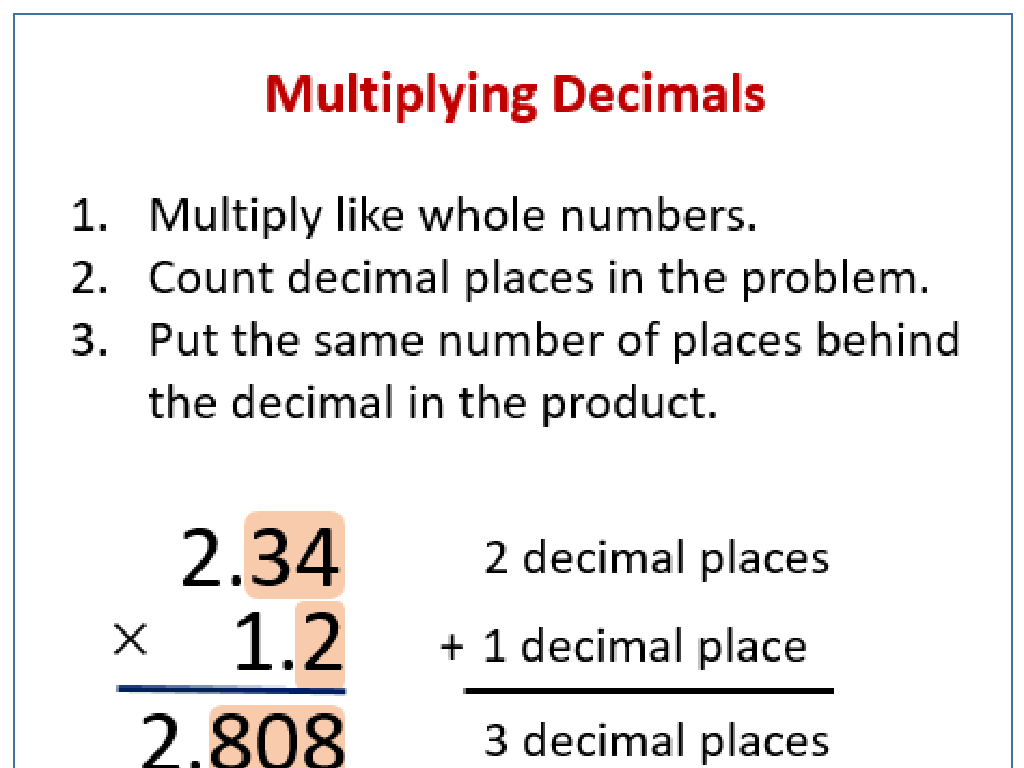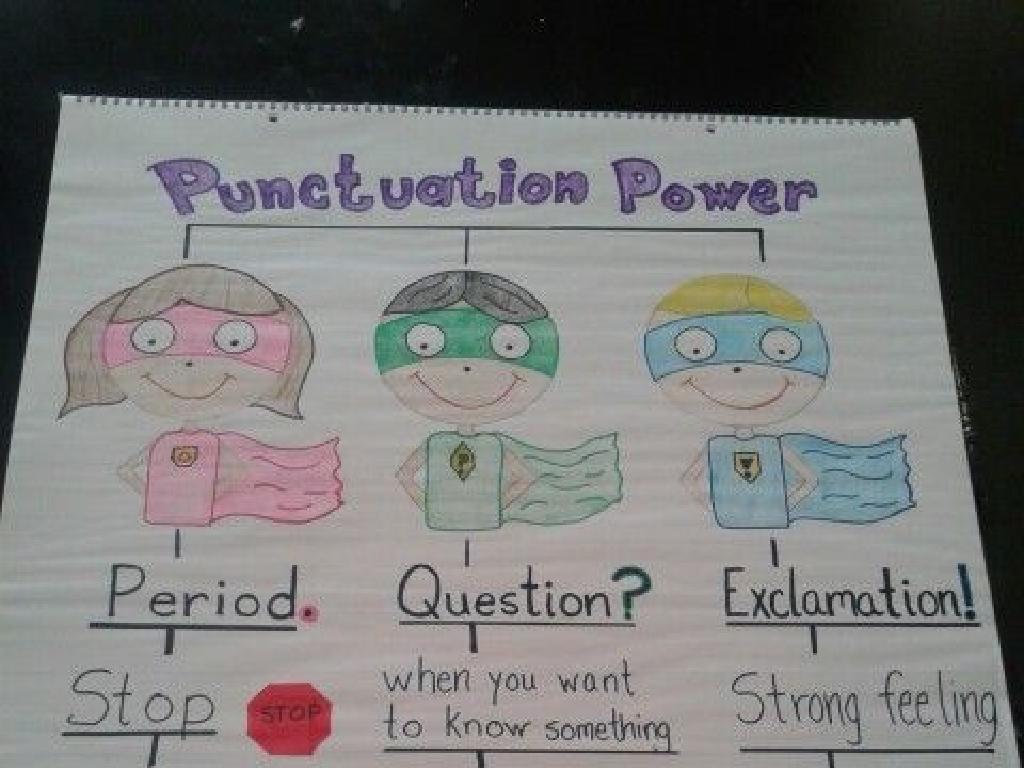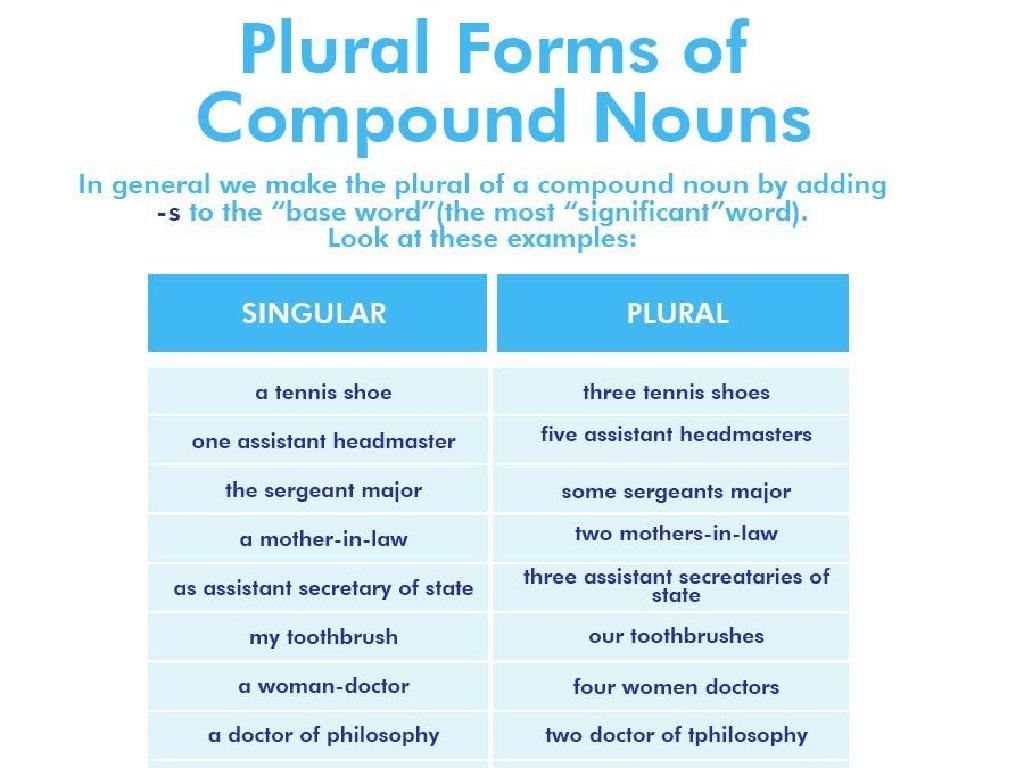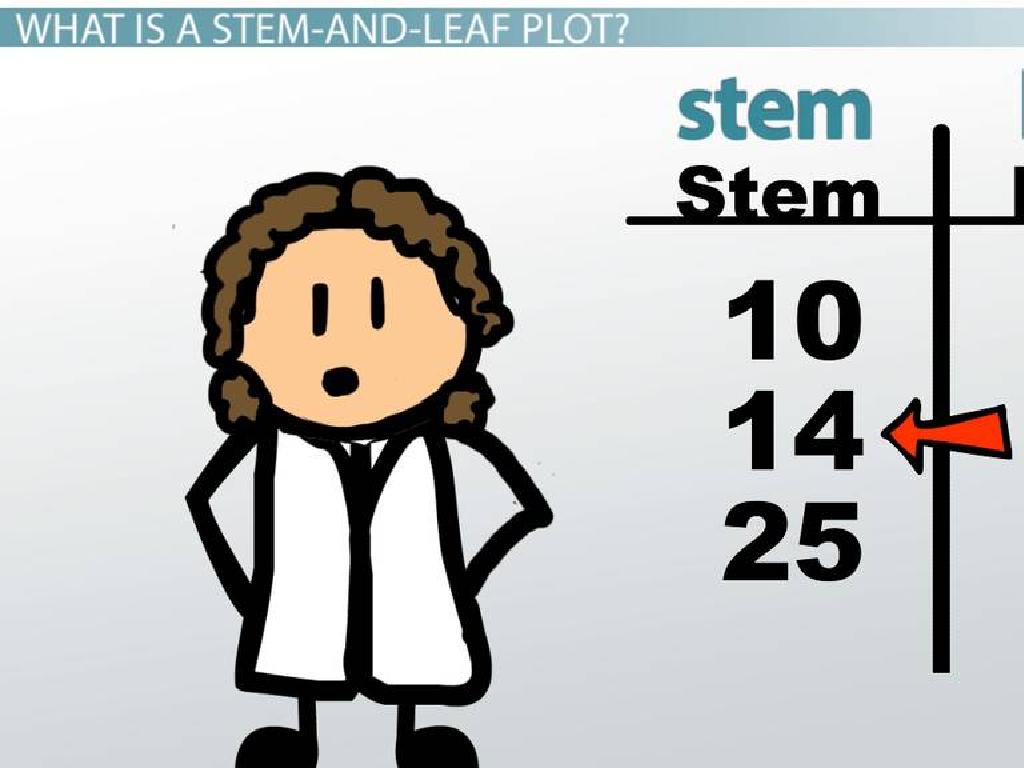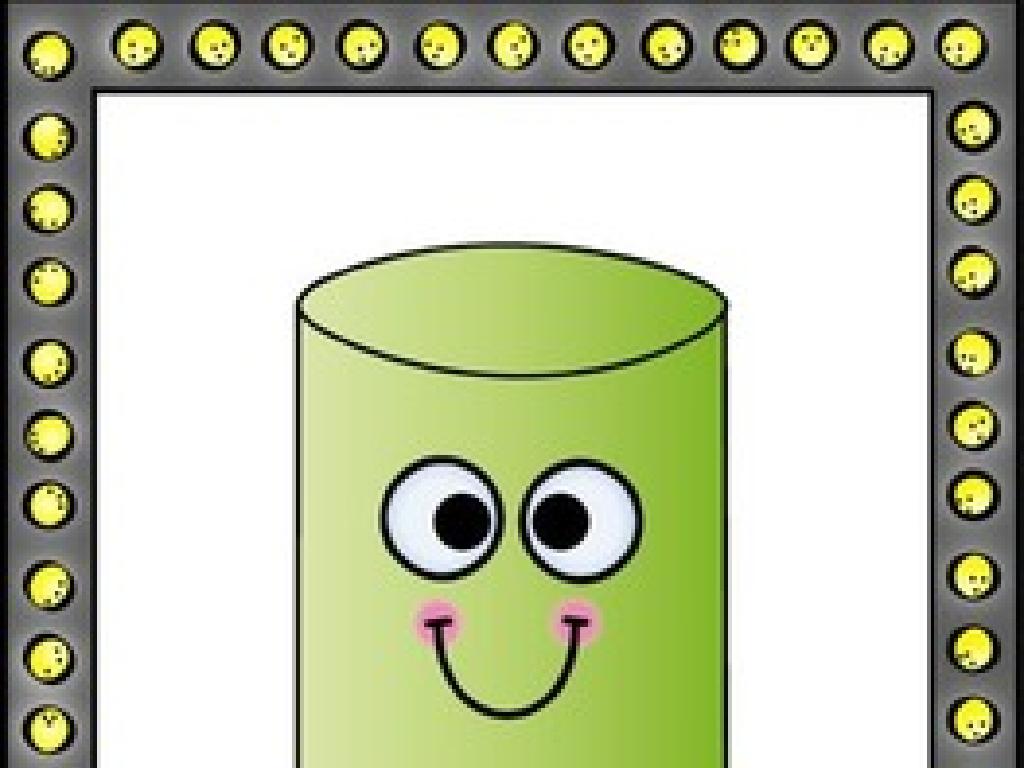Add, Subtract, Multiply, Or Divide Two Decimals: Word Problems
Subject: Math
Grade: Sixth grade
Topic: Mixed Operations: Decimals
Please LOG IN to download the presentation. Access is available to registered users only.
View More Content
Introduction to Decimals: Numbers with a Point!
– What are decimals?
Decimals represent fractions of a whole number, using a decimal point.
– Review decimal place values
Places after the decimal point represent tenths, hundredths, thousandths, etc.
– Decimals in daily life
Used in money, measurements, and more. For example, $3.75 or 5.2 miles.
– Practice with word problems
|
This slide introduces students to the concept of decimals, which are a fundamental part of mathematics, especially in real-world applications. Begin by explaining that decimals are another way to represent fractions and that the decimal point is a critical component. Review the place values to the right of the decimal point, emphasizing the tenths, hundredths, and thousandths places. Provide relatable examples such as money and measurements to illustrate the use of decimals in everyday life. Conclude with an introduction to solving word problems involving decimals to prepare students for practical applications of their decimal knowledge. Encourage students to think of other examples where they encounter decimals in their daily lives.
Adding Decimals in Word Problems
– Line up decimal points
– Place decimals directly above each other
– Add numbers post-alignment
– Ensure each place value matches
– Example: Grocery store prices
– Add 2.50 (milk) + 3.75 (bread)
– Practice with real-life scenarios
|
When teaching students to add decimals, emphasize the importance of aligning the decimal points vertically before proceeding with the addition. This ensures that the place values are correctly lined up. Use everyday examples, such as adding up prices while shopping, to make the concept relatable. For instance, if you buy a carton of milk for $2.50 and a loaf of bread for $3.75, how much is the total? Encourage students to practice with similar real-life scenarios to reinforce the concept. Provide additional practice problems that involve adding decimals in various contexts to solidify their understanding.
Subtracting Decimals in Word Problems
– Line up decimal points
– Subtract numbers carefully
– Example: Calculating change
– If an item costs $5.25 and you pay with $10, how much change do you get?
– Practice with real-life scenarios
– Use examples like shopping, banking, and cooking for practice.
|
This slide focuses on teaching students the process of subtracting decimals through the context of word problems. Emphasize the importance of aligning decimal points vertically to ensure accurate subtraction. Provide a clear example, such as calculating change after a purchase, to demonstrate the concept in a practical situation. Encourage students to practice with additional real-life scenarios that involve money, measurements, or other relevant applications of decimal subtraction. This will help them understand the importance of precision in the process and prepare them for more complex problems. In the next class, review homework that includes a variety of subtraction problems to reinforce the concept.
Multiplying Decimals in Word Problems
– Multiply ignoring decimals
– Count decimal places total
– Add up the decimal places from both factors
– Place decimal in the product
– The product’s decimal point is placed to ensure the total decimal places match the sum from step 2
– Example: Area of a rectangle
– Calculate area with sides 3.5 cm and 2.1 cm
|
When teaching students to multiply decimals, start by having them ignore the decimals and multiply the numbers as if they were whole numbers. After they have the product, instruct them to count the total number of decimal places in the original factors. This total will determine where to place the decimal in their answer. For example, to find the area of a rectangle with sides measuring 3.5 cm and 2.1 cm, students multiply 35 by 21 to get 735. Since there are two decimal places in each original number, they place the decimal in the answer to get 7.35, meaning the area is 7.35 cm². This slide will help students understand the process of multiplying decimals through a practical application.
Dividing Decimals: Sharing Equally
– Shift the decimal in divisor and dividend
– Make divisor a whole number by moving decimal point. Match moves in dividend.
– Divide like whole numbers
– Ignore decimals initially and divide as if using whole numbers.
– Example: Splitting a bill
– If a $45.60 bill is shared by 4 friends, how much does each pay?
|
When dividing decimals, we first move the decimal point in the divisor to the right until it’s a whole number, and do the same shift in the dividend. This simplifies our division to a whole number problem. After division, we place the decimal in the quotient directly above where it appears in the dividend. For example, to divide a bill of $45.60 by 4, we shift the decimal one place to the right, making it 456.0 divided by 40. Each friend would pay $11.40. This slide will help students understand the process of dividing decimals through a practical and relatable example.
Decimals: Choosing the Right Operation
– Understand the problem’s needs
– Read carefully to determine which operation to apply.
– Identify keywords for operations
– Words like ‘total’ or ‘difference’ hint at the operation.
– Solve problems step-by-step
– Break down the problem into smaller, manageable steps.
– Practice with examples
– Use sample problems to apply what you’ve learned.
|
This slide is aimed at helping students tackle word problems involving mixed operations with decimals. Start by reading the problem thoroughly to understand what is being asked. Teach students to look for keywords such as ‘sum,’ ‘total,’ ‘difference,’ ‘product,’ and ‘quotient’ to decide whether to add, subtract, multiply, or divide. Walk through a step-by-step process for solving these problems, and then provide examples for the students to work through, either in class or as homework. Encourage students to verbalize their thought process as they solve each step. This will help them internalize the method and improve their problem-solving skills.
Class Activity: Decimals in Action
– Group activity with real-life problems
– Each group solves and presents a problem
– Explain your problem-solving steps
– Discuss the variety of solving methods
– Compare different strategies used by groups
– Reflect on the learning experience
– Share what was learned from the activity
|
This slide introduces a group activity focused on applying decimal operations to solve real-life word problems. Divide the class into small groups and provide each with a unique problem involving adding, subtracting, multiplying, or dividing decimals. After solving, each group will present their solution and the method they used to the class. Encourage active participation by having the class discuss the different approaches taken by each group. This will help students see the variety of ways to tackle a problem and understand the practical application of decimal operations. Possible activities: calculating discounts, measuring ingredients for a recipe, budgeting an allowance, or comparing distances. The goal is to enhance collaborative problem-solving skills and deepen their understanding of decimals in everyday contexts.
Conclusion & Homework: Mastering Decimals
– Recap decimal operations
– Emphasize calculation accuracy
– Accurate decimal calculations are crucial in real-world applications like finance.
– Homework: Mixed operations worksheet
– Complete the worksheet to practice adding, subtracting, multiplying, and dividing decimals.
– Practice makes perfect
|
As we wrap up today’s lesson on decimal operations, it’s important to review the key concepts and stress the importance of accuracy in calculations, especially when dealing with money or measurements. For homework, students are assigned a worksheet that includes a variety of problems requiring them to add, subtract, multiply, and divide decimals. This practice will help reinforce their understanding and ensure they are comfortable with mixed operations involving decimals. Encourage students to take their time and double-check their work for errors. Remind them that consistent practice is essential for mastering these skills, which are applicable in many real-life situations.

